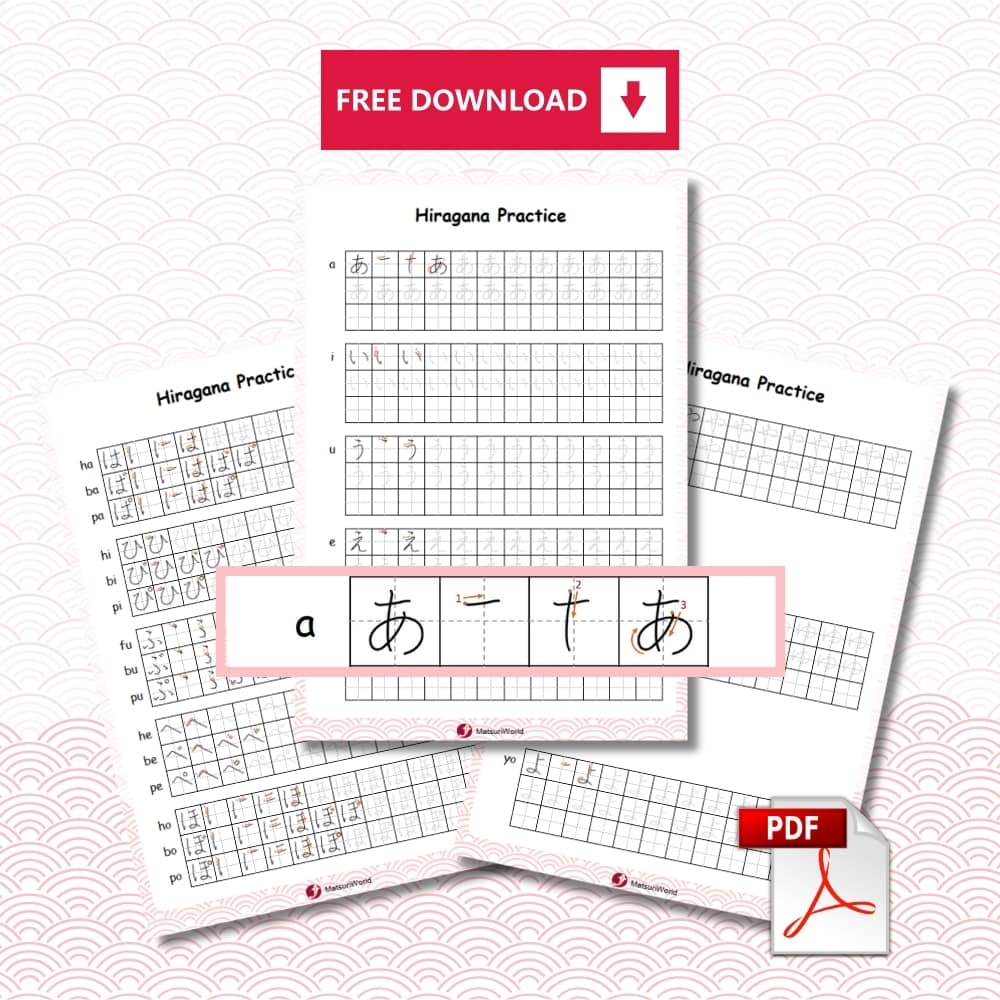Hiragana vs Katakana: Japanese is a fascinating and complex language that utilizes three primary writing systems: Hiragana, Katakana, and Kanji. For learners of Japanese, understanding the distinctions between these systems is crucial to mastering the language. Among these, Hiragana and Katakana, collectively known as kana, play a foundational role, providing the phonetic building blocks for reading, writing, and pronunciation.
While Hiragana and Katakana share the same sounds, they differ in usage, appearance, and context. This guide will explore their differences, similarities, and applications, helping you navigate the first steps of your Japanese language journey.

What Is Hiragana?
Origin and History of Hiragana
Hiragana has its roots in ancient Japan, evolving during the Heian period (794–1185). It was originally derived from simplified Kanji characters, designed to represent the phonetic sounds of the Japanese language. Initially used by women (as Kanji was primarily for men), Hiragana became a vital part of Japanese writing over time.
Structure and Characteristics of Hiragana
Hiragana consists of 46 basic characters, representing each syllable of the Japanese language. These characters are written with smooth, flowing curves, making them easily recognizable and distinct from Katakana.
How Hiragana Is Used in Japanese Writing
Hiragana is primarily used for:
- Writing native Japanese words that do not have Kanji.
- Grammatical elements like particles (は, が, を) and verb conjugations.
- Furigana, small Hiragana characters written above Kanji to indicate pronunciation.
What Is Katakana?
Origin and History of Katakana
Katakana, like Hiragana, evolved from Kanji but was developed for a different purpose. It dates back to the Nara period (710–794) and was originally used by Buddhist monks for annotations. Over time, Katakana became essential for writing foreign words and names.
Structure and Characteristics of Katakana
Katakana also consists of 46 basic characters, but its design is more angular and rigid compared to Hiragana. The straight lines and sharp corners of Katakana give it a modern, distinctive appearance.
How Katakana Is Used in Japanese Writing
Katakana is primarily used for:
- Loanwords (words borrowed from other languages, such as パソコン for “personal computer”).
- Foreign names (e.g., ジョン for “John”).
- Emphasis in writing, similar to italics in English.
- Technical and scientific terms.
Key Differences Between Hiragana and Katakana
| Aspect | Hiragana | Katakana |
|---|---|---|
| Appearance | Rounded, flowing curves | Angular, sharp lines |
| Usage | Native Japanese words, particles, verb endings | Loanwords, foreign names, emphasis |
| Examples | ありがとう (arigatou – thank you) | コンピュータ (konpyu-ta – computer) |
When to Use Hiragana
Hiragana is used for:
- Grammar and Function Words: It provides the framework of Japanese sentences.
- Children’s Books: Since Kanji can be complex, children’s literature often relies on Hiragana.
- Writing Native Japanese Words: Words like さくら (sakura – cherry blossom) are written in Hiragana.
When to Use Katakana
Katakana is ideal for:
- Foreign Words: Words like コーヒー (ko-hi- – coffee).
- Names and Places: Foreign names and locations, such as アメリカ (Amerika – America).
- Emphasis and Style: Katakana is often used in advertisements and manga for visual impact.
Similarities Between Hiragana and Katakana
- Both represent the same sounds (e.g., あ and ア both represent “a”).
- They form part of the kana system, which is essential for Japanese literacy.
- Both scripts are phonetic and complement Kanji in the language.
How to Learn Hiragana
- Start with the Basics: Learn the 46 core characters.
- Use Mnemonics: For example, あ (a) resembles an apple with a bite taken out.
- Practice Writing: Repetition is key to memorization.
- Leverage Apps: Tools like Duolingo and Anki can help reinforce your learning.
How to Learn Katakana
- Recognize Patterns: Katakana has many straight lines and sharp angles.
- Practice Common Words: Focus on loanwords like カメラ (camera).
- Use Flashcards: Create visual aids to link characters to their sounds.
- Immerse Yourself: Watch Japanese media to see Katakana in action.
FAQs About Hiragana vs Katakana
Do I need to learn both Hiragana and Katakana?
Yes, both are essential for reading and writing in Japanese.
Which one should I learn first?
Most learners start with Hiragana because it’s more commonly used.
Are there exceptions to their usage?
Rarely, but sometimes stylistic choices or historical texts may blur the lines.
How long does it take to learn?
With consistent practice, you can learn each script in about 2–4 weeks.
Can I write Japanese using only Hiragana or Katakana?
Technically, yes, but it’s not standard practice. Combining Kanji with kana is essential for fluency.
Conclusion: Hiragana vs Katakana—Which Should You Focus On?
Hiragana and Katakana are two sides of the same coin, each serving unique purposes in Japanese writing. While Hiragana lays the groundwork for grammar and native words, Katakana introduces you to the global influences on Japanese culture. Learning both is a rewarding experience that brings you closer to understanding and appreciating this rich and beautiful language. Start small, practice daily, and immerse yourself in Japanese media for the best results.
